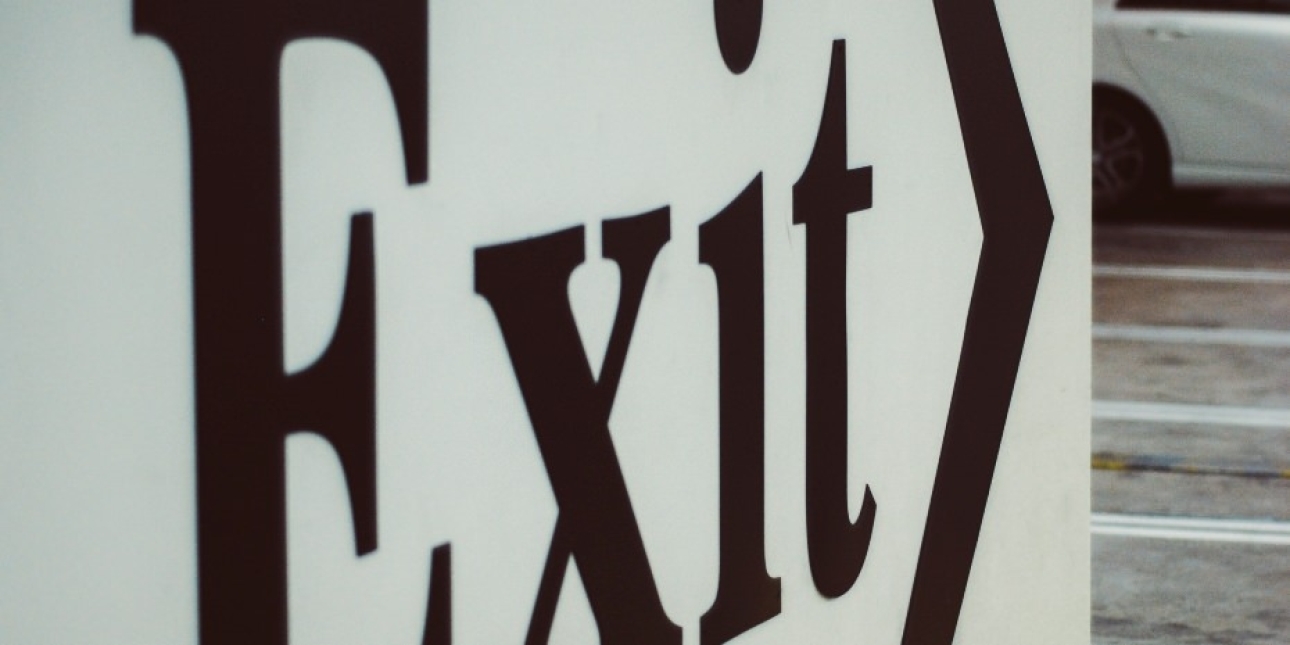Cutting customer churn
By Clare Breakspear, Head of Planning and Insight at Parkhouse.
Churn modelling enables businesses to identify customers about to abandon ship and empowers them to target these customers and motivate them to stay. Successfully applied churn modelling can improve customer retention and lifetime value and save a business a fortune in new customer acquisition costs.
Detecting risk
You first need to understand the key drivers behind churn. An effective way of doing this is to evaluate data from those customers who have already churned. You can then compare common characteristics against similar data from existing customers, to identify distinctive traits and behaviours.
Transactional information needs to be combined with other indicators such as age and affluence, as well as engagement data from online and offline marketing channels.
It’s also important to distinguish between voluntary churn – when a customer actively chooses to leave – and involuntary churn. The latter refers to service terminations that the customer did not initiate. Simply tightening up renewal procedures can usually address involuntary churn.
Is it for you?
Not all organisations will be able to implement and benefit from propensity modelling. Firstly, the relevant data must be available, centralised, and connected – effective modelling is only possible with a robust approach to data handling.
Secondly, the range of products offered by a business needs to be considered. For example, FMCG retailers will have a harder time building a solid propensity model because the product mix changes so quickly and purchase behaviours are more varied. Thirdly, the business must have the ability to influence the customer with appropriate methods to change their mind and reach them in time.
Finally, propensity models require continuous maintenance and updates as customer behaviour changes. Over time, a customer may change their frequency of purchase, level of spend, product preferences or purchase method – all of which need to be accounted for within the models.
These changes could be driven by a customer’s personal circumstances, external influences such as Covid, or more widespread societal changes, such as a desire for more environmentally friendly products.
Offers and incentives
Offers and incentives are often used to win back customers. To be effective, they need to be relevant and of perceived value to the customer, like a discount voucher for their favourite product.
By including an element of exclusivity (e.g., product previews) or value add (such as free or next-day delivery), you can also demonstrate that you value the customer and are willing to offer them something special.
But not all win-back strategies need to be dependent on an offer. Other useful techniques include asking for feedback to enable you to tailor the customer’s experience moving forward or simply reconnecting with the customer and reintroducing the product range, services, and benefits.
Photo by Hello I'm Nik on Unsplash

